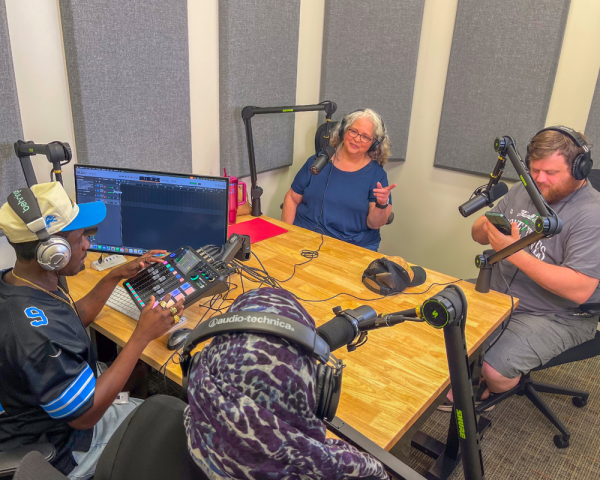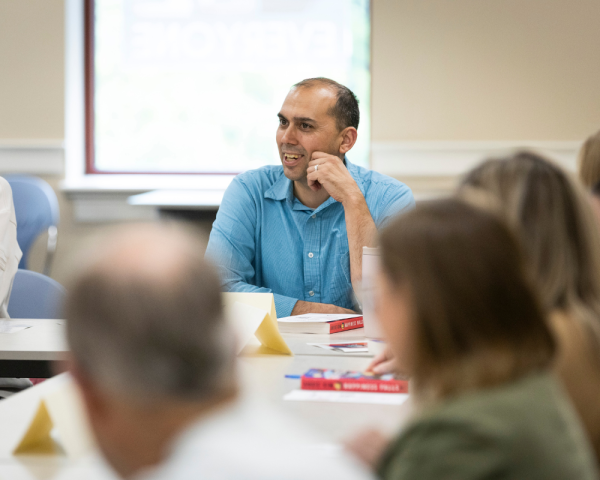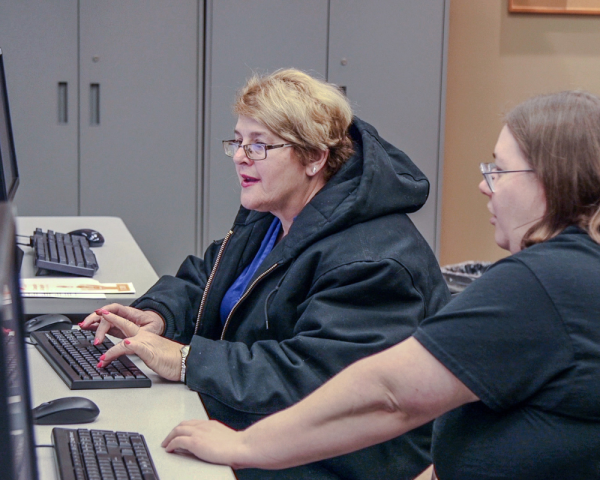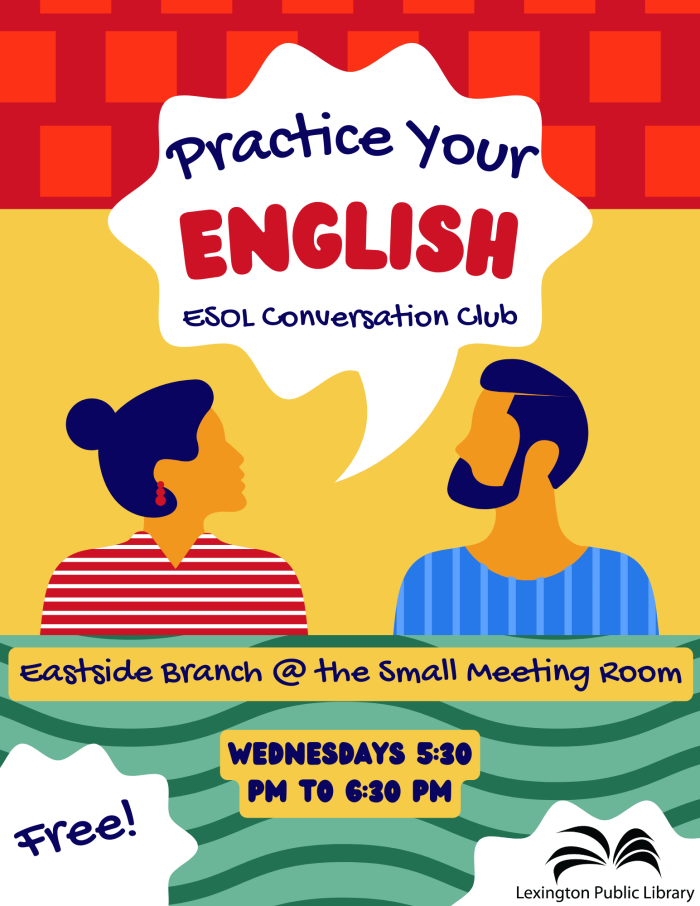

Website Search
Este es un ambiente divertido e informal para practicar y mejorar tu inglés. Participantes de todos los niveles de inglés, son bienvenidos. Tenemos un nuevo tema para cada reunión. Para hispanohablantes.
Take Play-Doh to the next level with electrical circuits! Dress for mess! Ages 12+
The weekly classes will be informal and guided by a moderator. EVERYONE is welcome - ANY native language, ANY English level. No registration needed. Practica ingles y conoce gente nueva. ¡Todos son bienvenidos! ¡Todos los idiomas, todos los niveles de ingles. Jifunze Kiingereza na kukutana na watu wapya. Kila mtu anakaribishwa!
Are you interested in enhancing your Spanish speaking abilities? If so, we would like to invite you to our weekly group meeting. Our friendly group is open to everyone who wants to practice speaking Spanish in a supportive and welcoming environment. You will have the opportunity to meet new people who share your interest in the language and culture.
The weekly classes will be informal and guided by a moderator. EVERYONE is welcome - ANY native language, ANY English level. No registration needed. Practica ingles y conoce gente nueva. ¡Todos son bienvenidos! ¡Todos los idiomas, todos los niveles de ingles. Jifunze Kiingereza na kukutana na watu wapya. Kila mtu anakaribishwa!
Este es un ambiente divertido e informal para practicar y mejorar tu inglés. Participantes de todos los niveles de inglés, son bienvenidos. Tenemos un nuevo tema para cada reunión. Para hispanohablantes.
The weekly classes will be informal and guided by a moderator. EVERYONE is welcome - ANY native language, ANY English level. No registration needed. Practica ingles y conoce gente nueva. ¡Todos son bienvenidos! ¡Todos los idiomas, todos los niveles de ingles. Jifunze Kiingereza na kukutana na watu wapya. Kila mtu anakaribishwa!
Are you interested in enhancing your Spanish speaking abilities? If so, we would like to invite you to our weekly group meeting. Our friendly group is open to everyone who wants to practice speaking Spanish in a supportive and welcoming environment. You will have the opportunity to meet new people who share your interest in the language and culture.


















